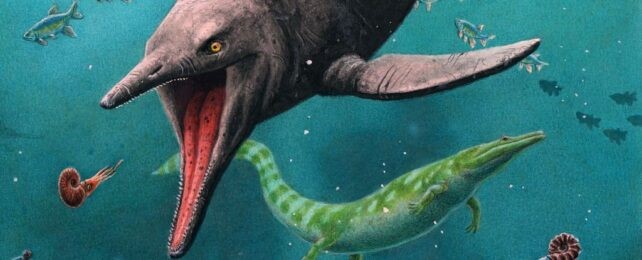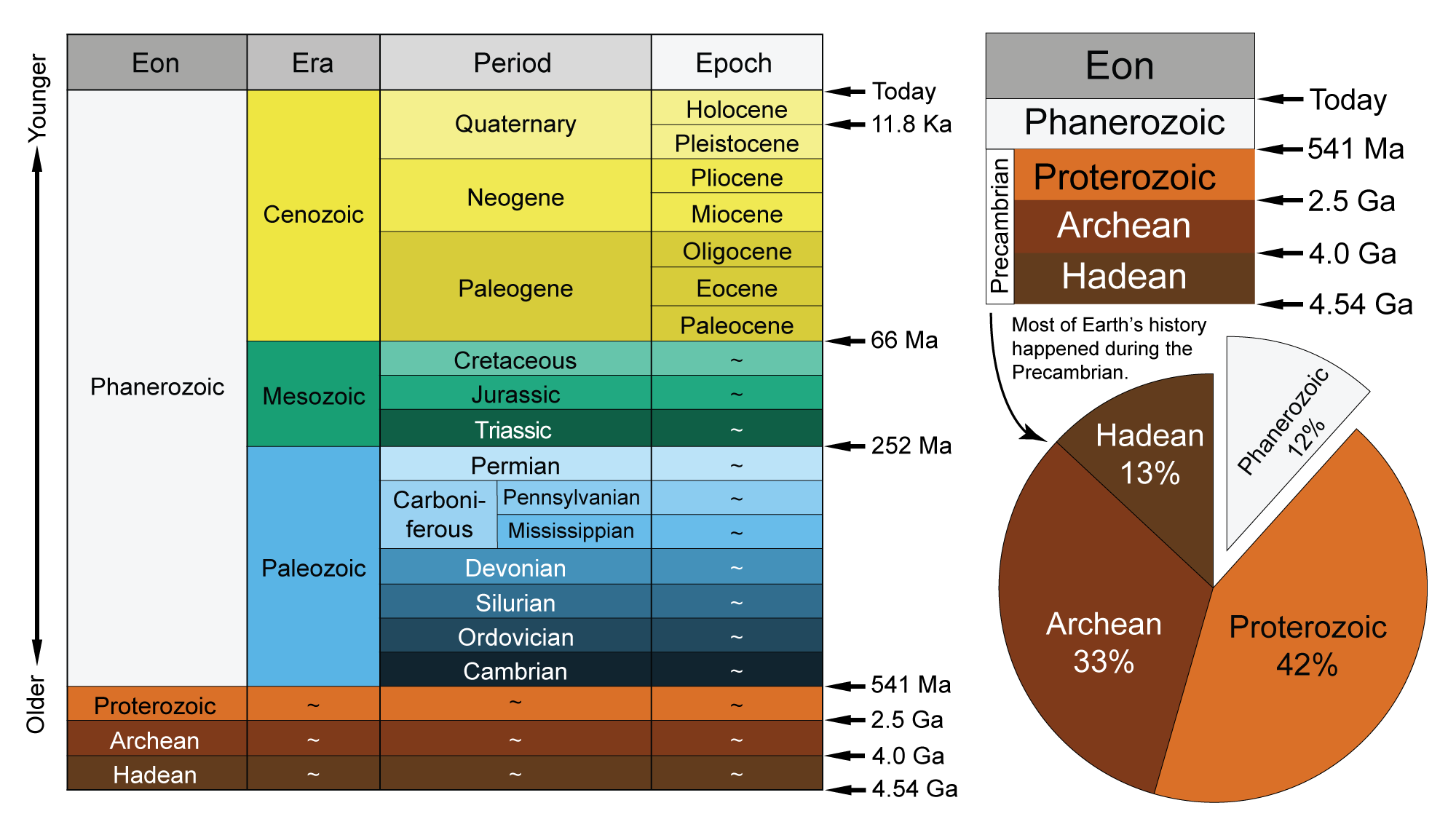
Disclaimer: Copyright infringement not intended.
Context
- Bones found on the remote Arctic island of Spitsbergen suggest the ancient marine reptiles known as ichthyosaurs roamed Earth's oceans for much longer than we thought.
Details of the discovery
- Dated to 250 million years ago, the remains represent the oldest evidence of ichthyosaurs ever seen.
- They may have appeared prior to the End-Permian Mass Extinction that took place 251.9 million years ago.
- These pioneering seagoing tetrapods can now be feasibly recast as mass extinction survivors instead of ecological successors within the earliest Mesozoic marine predator communities.

Ichthyosaurs
About
- Ichthyosaurs were a group of animals that strongly resembled modern dolphins, if dolphins were giant aquatic lizards instead of mammals.
- They evolved from land-dwelling creatures that returned to the sea in the Early Triassic, thriving until the Late Cretaceous when a changing climate and slowness to adapt brought their time to an end around 95 million years ago.
- Ichthyosaurs were predatory marine reptiles that could grow to enormous sizes and ruled the seas during part of the dinosaur era.
- For a chunk of the millions of years when dinosaurs reigned over Earth's landmasses, ichthyosaurs claimed the title as maritime apex predators.
- These massive "sea monsters" appeared on Earth about 250 million years ago, just before the emergence of dinosaurs (around 230 million years ago), and ichthyosaurs died off about 90 million years ago, just before the nonavian dinosaurs went extinct, nearly 66 million years ago.
Are Ichthyosaurs considered Dinosaurs?
- Despite occupying the same Mesozoic era as the dinosaurs, ichthyosaurs were no dinos.
- Instead, alongside other such sea creatures like plesiosaurs and mosasaurs, they belonged to a separate group of archosaurs — marine reptiles.
.jpeg)
How big were Ichthyosaurs?
- The representative Ichthyosaurus genus, which gives the larger group its name, spanned about 10 feet long on average and looked very fish-like.
What did Ichthyosaurs eat?
- Carnivores to their core, ichthyosaurs fed on sea beasts large and small.
- Bigger species dined on squid, fish and other marine creatures(opens in new tab).
When And Where Did Ichthyosaurs Live?
- As ichthyosaurs swam Earth's oceans for 160 million years (from 250 million to 90 million years ago), they had ample time to spread around the globe.
- Since the late 20th century, researchers have identified and named ichthyosaurs on all seven continents.
DINOSAURS
What are Dinosaurs?
- Dinosaurs are a diverse group of reptiles of the clade Dinosauria.
- They first appeared during the Triassic period, between 245 and 233.23 million years ago, although the exact origin and timing of the evolution of dinosaurs is a subject of active research.
Types Of Dinosaurs
- As of 2021, there were 1,545 scientifically described dinosaur species, according to the Paleobiology Database.
- All of these dinosaurs fit into one of three groups: Ornithischia, Sauropodomorpha and Theropoda.
Ornithischia dinosaurs include beaked plant-eaters, such as Stegosaurus, duck-billed dinosaurs (also called hadrosaurs), as well as horned dinosaurs like Triceratops and armored dinosaurs like Ankylosaurus. Some ornithischians walked on four legs, while others walked on two.
Sauropodomorpha dinosaurs were long-necked, pot-bellied dinosaurs that had tiny heads and column-like limbs. This group includes sauropods (such as Diplodocus), their smaller antecedents (including Chromogisaurus) and extra-large sauropods known as titanosaurs (such as Dreadnoughtus and Argentinosaurus), which are among the largest land animals that have ever existed.
Theropoda is a group of meat-eating dinosaurs, although some (such as Chilesaurus diegosuarezi) changed their diet to be herbivorous or omnivorous. Theropods include Tyrannosaurus rex and Velociraptor, as well as birds, which evolved from small theropods.
When did Dinosaurs live?
- Dinosaurs lived during most of the Mesozoic era, a geological age that lasted from 252 million to 66 million years ago.
- The Mesozoic era includes the Triassic, Jurassic and Cretaceous periods.
- Dinosaurs arose from small dinosauromorph ancestors in the Triassic period, when the climate was harsh and dry.
- They faced "competition from the croc-line archosaurs for tens of millions of years, but finally prevailed when Pangaea began to split.
- During the Jurassic period (201.3 million to 145 million years ago), dinosaurs rose to dominance and some grew to huge sizes.
- In the Cretaceous period, dinosaur dominance continued as the continents moved farther apart. Famous dinosaurs from this period include T. rex, Triceratops, Spinosaurus and Velociraptor.
- The largest dinosaurs on record, including Argentinosaurus, date to the Cretaceous.
What is the largest dinosaur? the smallest dinosaur?
- The smallest dinosaur on record is an avian dinosaur that's alive today: the bee hummingbird (Mellisuga helenae) from Cuba.
- Titanosaurs were the largest dinosaurs.
- The longest dinosaur was likely Supersaurus.
- The tallest dinosaur is likely Giraffatitan.
Why did dinosaurs go extinct?
- The Cretaceous period ended with the Cretaceous-Tertiary (K-Pg) extinction event, when a 6-mile-wide (10 kilometers) asteroid collided with Earth, leaving an impact crater more than 110 miles in diameter in the Yucatan Peninsula of what is now Mexico.
|
PRACTICE QUESTION
Q) Which of the following statements is/are correct with reference to Ichthyosaurs?
a. They were a group of meat-eating dinosaurs.
b. They were mostly herbivores.
- Only a
- Only b
- Both a and b
- Neither a nor b
Answer: Option 4
|

https://www.sciencealert.com/oldest-ichthyosaur-known-to-science-discovered-on-remote-arctic-island





